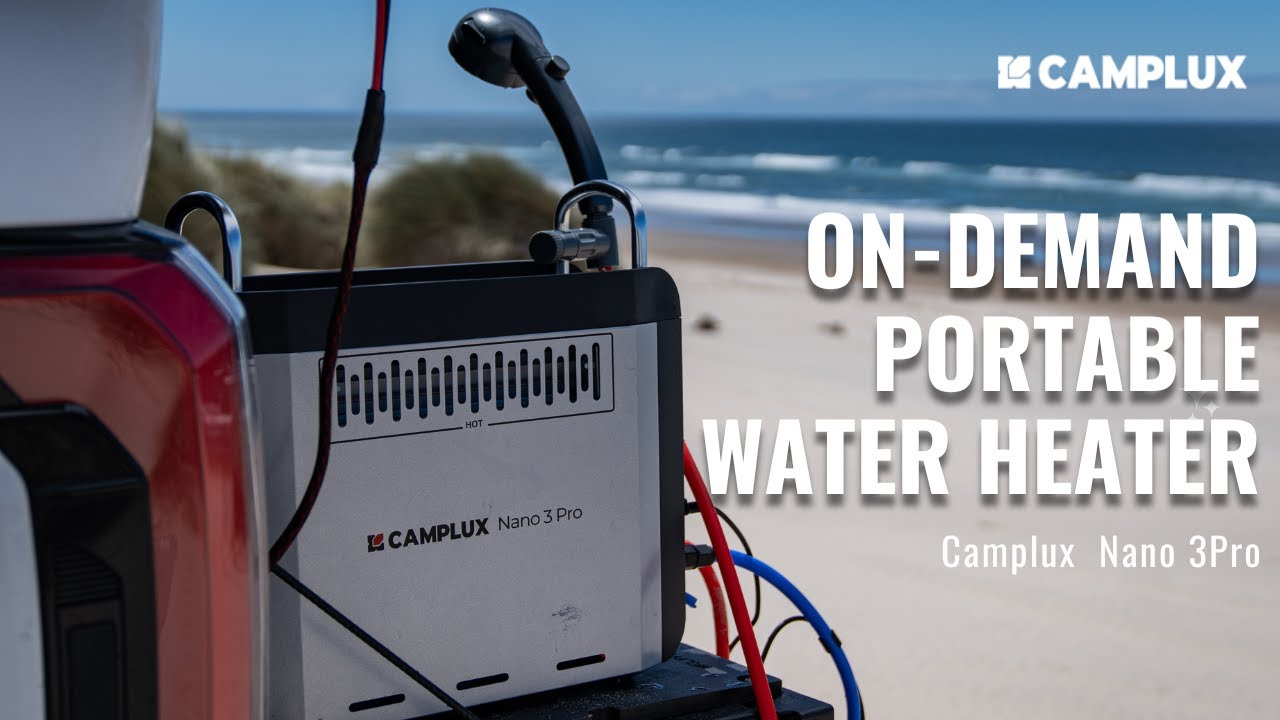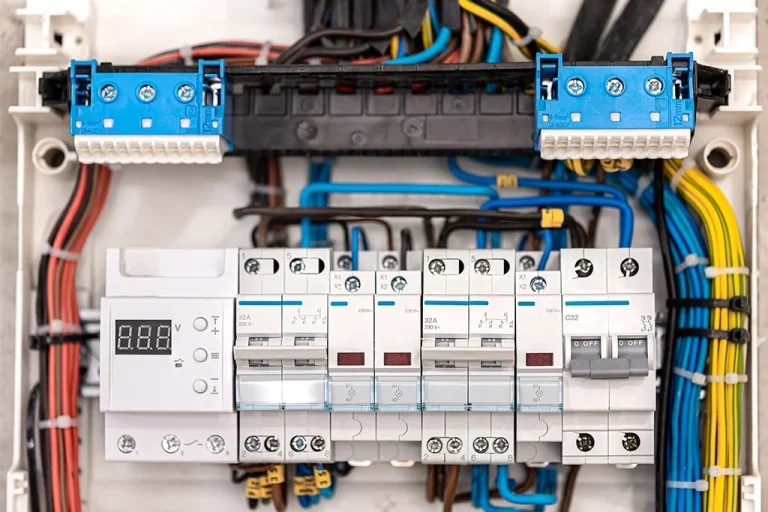The Benefits of an Outdoor Shower and How to Set One Up

An outdoor shower is a great addition to any backyard, beach house, or campsite. It provides a convenient way to rinse off after swimming, gardening, or working outdoors while adding a touch of luxury to your outdoor space. With the right setup, an outdoor shower can enhance your home’s functionality and aesthetics.
If you want a reliable hot water source for your outdoor shower, consider using a gas-powered water heater. A tankless model can provide instant hot water, making your outdoor shower experience comfortable year-round.
1. Benefits of an Outdoor Shower
1.1 Convenience and Hygiene
An outdoor shower is perfect for rinsing off dirt, sand, chlorine, or sweat before stepping inside. This is especially useful for:
- Swimmers who need to wash off saltwater or pool chemicals.
- Gardeners and outdoor workers who want to clean up before entering the house.
- Pet owners who need an easy way to wash their dogs.
1.2 Enhances Outdoor Living
Adding an outdoor shower creates a spa-like experience in your backyard. With the right design, it can be a relaxing retreat where you can enjoy nature while refreshing yourself.
1.3 Protects Indoor Plumbing
Washing off dirt and debris outside reduces wear on your indoor plumbing. It helps keep sand, mud, and leaves out of your drains, preventing clogs and unnecessary maintenance.
1.4 Increases Property Value
A well-designed outdoor shower can boost your home’s resale value. Buyers looking for luxury and functionality in a home will appreciate this feature, especially in beachside or warm-weather locations.
1.5 Ideal for Camping and Off-Grid Living
For those who enjoy camping or living off the grid, an outdoor shower provides a practical way to stay clean without relying on indoor plumbing. It can be easily set up with a propane-powered water heater, offering hot showers in remote areas.
2. Choosing the Right Location
Selecting the right spot for your outdoor shower is key to ensuring privacy, drainage, and accessibility. Consider the following factors:
2.1 Privacy
Choose a location that offers natural privacy or allows for easy enclosure with fencing, trellises, or tall plants. Popular placement options include:
- Near a pool or hot tub for quick rinses.
- By the back door for easy access after outdoor activities.
- In a secluded garden area for a tranquil experience.
2.2 Drainage Considerations
Proper drainage is essential to prevent standing water and soil erosion. Options include:
- Gravel beds: Allow water to drain naturally into the ground.
- French drains: Channel water away from your home.
- Plumbing connections: Direct water to your sewer or irrigation system.
2.3 Proximity to a Water Source
Position the shower near an existing water line or plan for a garden hose connection. If you want hot water, install a propane or electric water heater for year-round use.
3. Essential Components for an Outdoor Shower
3.1 Shower Fixture
Choose between:
- Fixed showerheads for a traditional look.
- Handheld shower wands for more flexibility when rinsing.
- Rain showerheads for a spa-like feel.
3.2 Water Heating System
If you want hot water, install a gas or electric water heater. A tankless gas heater is an energy-efficient option that provides instant hot water without the need for a storage tank.
3.3 Enclosure and Flooring
For privacy and safety, consider:
- Wooden or bamboo panels for a natural look.
- Stone or tile flooring to prevent slipping.
- Decking with proper drainage to avoid water buildup.
3.4 Storage and Accessories
To make your outdoor shower more functional, include:
- Hooks for towels and robes.
- Shelving for soap and shampoo.
- A bench for seating.
4. Steps to Set Up an Outdoor Shower
Step 1: Plan the Design
Decide whether you want a simple rinse station or a fully enclosed shower. Sketch a layout and determine the materials you need.
Step 2: Install the Water Supply
- Connect your shower to a garden hose for a basic setup.
- For a permanent installation, connect it to your home’s plumbing system.
- If using a hot water heater, install it according to the manufacturer’s instructions.
Step 3: Create a Drainage System
Ensure the water flows away from your home. You can:
- Use gravel or sand beds to absorb water naturally.
- Install a drainpipe system to direct water away.
Step 4: Build the Structure
- Install shower panels or fencing for privacy.
- Choose durable flooring that drains well.
- Add hooks, shelves, and accessories for convenience.
Step 5: Test and Adjust
Turn on the water and check for leaks or drainage issues. Make adjustments as needed to ensure smooth operation.
5. Maintenance Tips for an Outdoor Shower
To keep your outdoor shower in top condition, follow these maintenance tips:
- Regularly clean the showerhead to prevent mineral buildup.
- Inspect plumbing and connections for leaks or corrosion.
- Winterize the system by draining pipes before freezing temperatures arrive.
- Check the drainage area to prevent water pooling or erosion.
Conclusion
An outdoor shower is a versatile and functional addition to any outdoor space. It offers convenience, cleanliness, and relaxation, whether at home, at the beach, or while camping. By choosing the right location, materials, and water system, you can create a refreshing and practical shower setup that enhances your outdoor experience.





